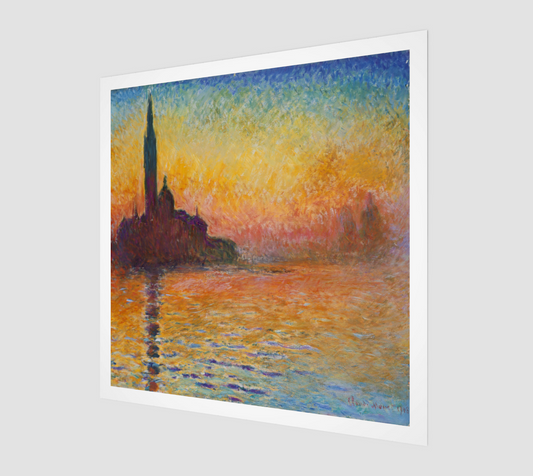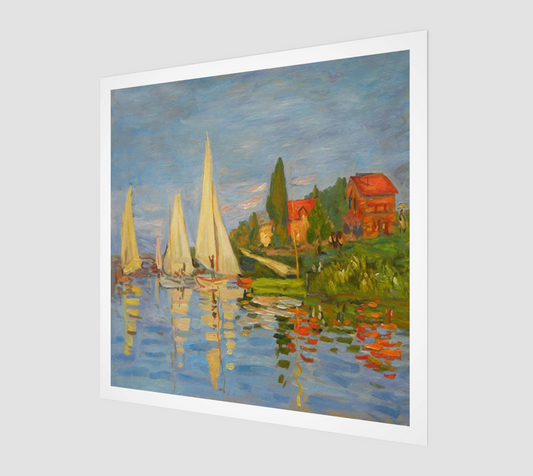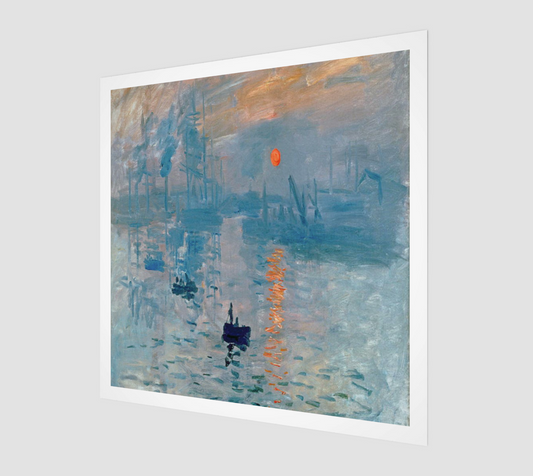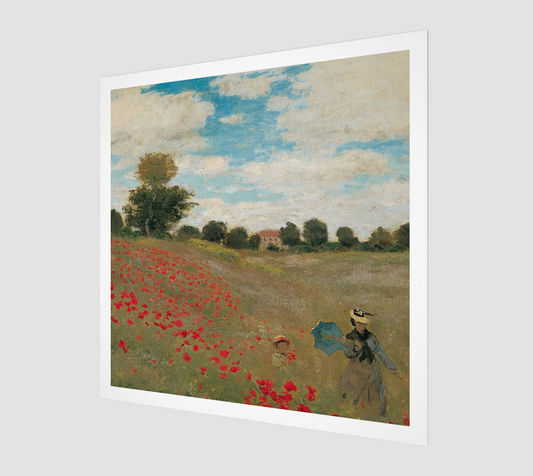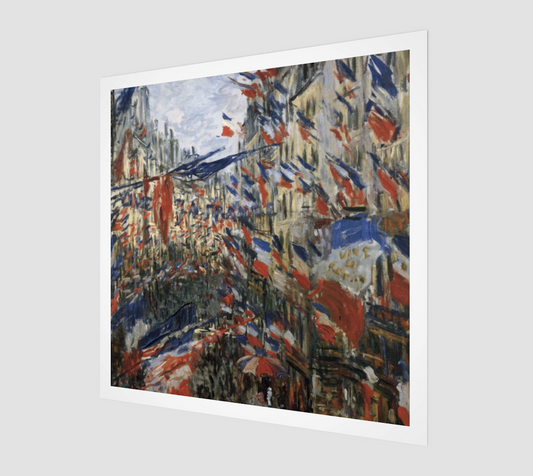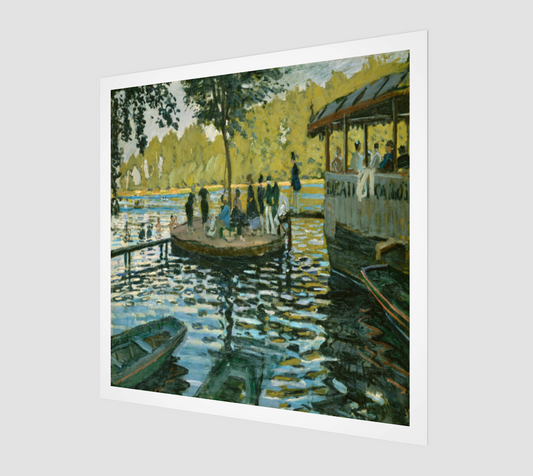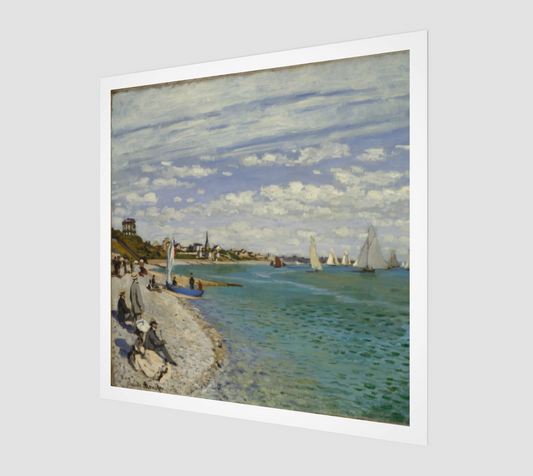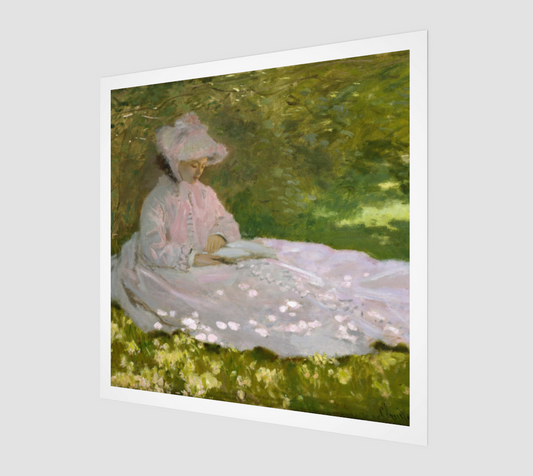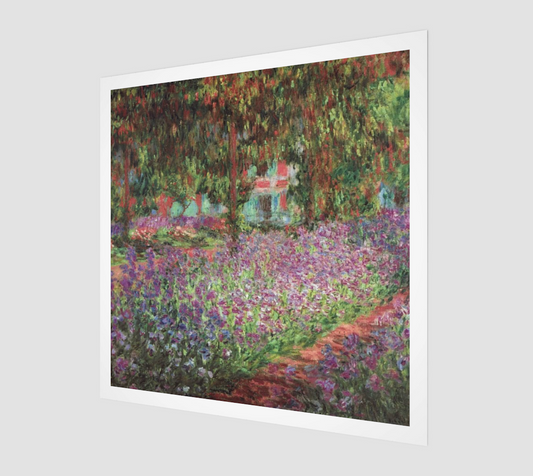Collection: Impressionism Art
Impressionism Art
The 19th-century art movement known as impressionism centered on capturing the observer's emotional response to the world around them through the manipulation of light and color.
Impressionist painters avoided realistic representation in favor of capturing the viewer's emotional response to a scene or subject through bold, sloppy brushwork and jarring color.
Landscapes, cityscapes, and contemporary settings are common subjects for Impressionist painters, who are recognized for their use of a luminous, glimmering light and an open, airy mood. The trend, which was sparked by the pace of modern life, helped to connect classical painting techniques with the new media of the 20th century.

